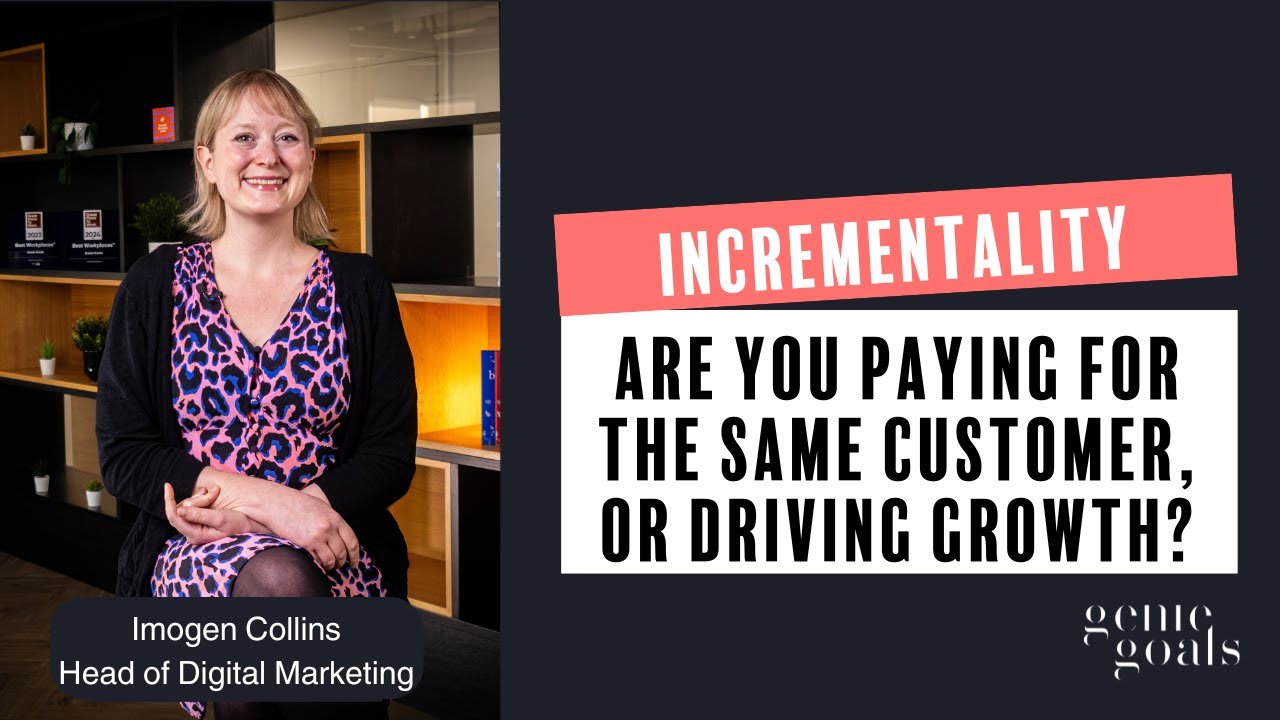
Are you paying for the same customer or driving growth?
If you’ve ever looked at your marketing performance and thought, “Why does this feel like déjà vu?” you might be on to something.
Perhaps you’ve noticed:
It can start to feel like you’re paying 3 times for the same customer.
It’s true, customer journeys are messy nowadays - take a look at your attribution paths reporting and you’ll usually find that more than half of your conversion paths involve more than one digital touchpoint. Consider the number of journeys that aren’t fully measured due to tracking limitations, and unmeasurable touchpoints like word-of-mouth recommendations. You start to realise how hard it is to grasp how many times a consumer interacts with your brand before they make their first purchase.
This means that we talk to lots of brands like you who are concerned that they’re paying multiple times for marketing to the same customer. The answer is simply that yes you are. The real question is whether you should be.
It’s common for brands and agencies to look at each channel as their own siloed ecosystems. In this view, each channel needs to be individually profitable as though it’s solely responsible for the performance of the brand, without taking into account the performance of any other channel.
We can only really unlock the potential of our digital channels when we move from this model to one where we’re looking at our channels as a part of a wider digital ecosystem, acknowledging that there may be multiple touchpoints for our consumers and accepting that this isn’t something we should necessarily be preventing.
Consider a typical journey:
If you’ve ever wondered whether one of those steps is truly essential, there are ways to explore that.
This can help give you an idea of the value that different types of activity are driving in the context of your wider digital plan.
By viewing your channels as part of a wider ecosystem, and experimenting with tools like incrementality testing, MMM or MTA, you might uncover insights that help you decide where overlap is adding value, and where you may prefer to reduce it. There’s no one-size-fits-all answer; it’s about finding the balance that works best for your goals and customers.